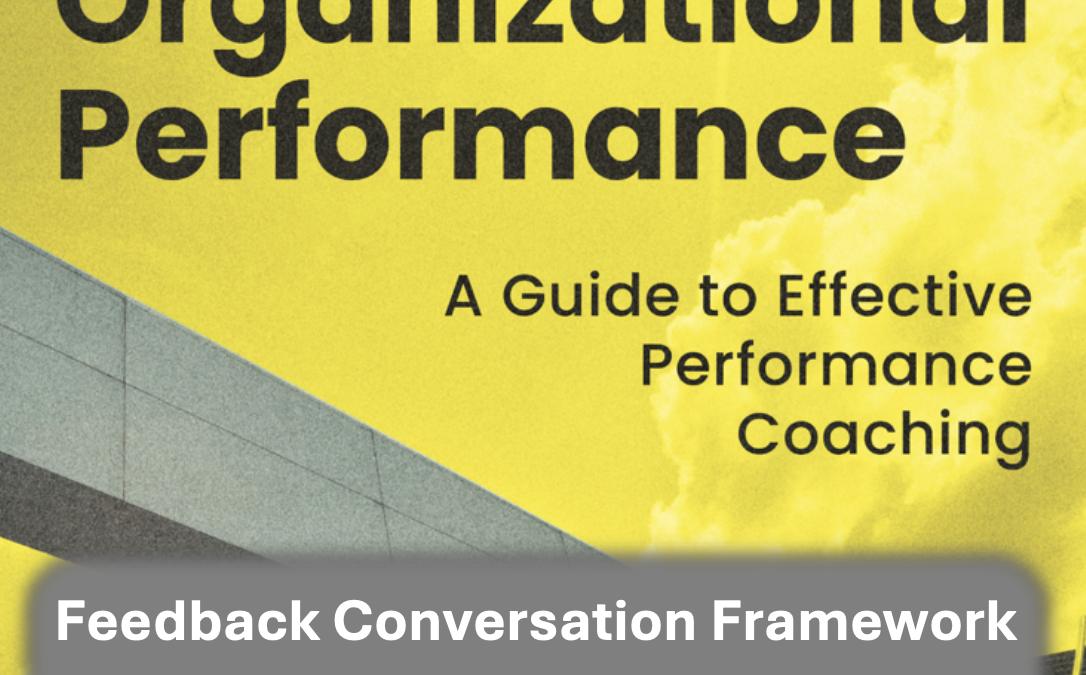
Leadership isn’t about managing people; it’s about unlocking their potential.
For decades, organizations have relied on traditional management approaches to drive results. Managers set goals, enforce rules, and monitor performance. It’s a system that has worked—until now.
Today’s workplace demands more. Employees are not just looking for direction; they’re seeking purpose, development, and a sense of contribution. For HR decision-makers and business leaders, this shift represents both a challenge and an opportunity: to move beyond managing and embrace coaching as a core leadership practice.
The Limits of Management
Traditional management focuses on control, oversight, and problem-solving. While these skills are necessary, they often fall short in unlocking an employee’s full potential.
Here’s why:
- Reactive by nature: Managers tend to address issues as they arise rather than proactively fostering growth.
- Short-term focus: The emphasis on meeting immediate goals often neglects long-term development.
- One-size-fits-all approach: Standardized solutions rarely address individual strengths and aspirations.
This style of leadership can inadvertently stifle creativity, lower engagement, and limit innovation—three qualities that organizations need to thrive in today’s competitive landscape.
The Coaching Difference
Coaching takes a different approach. It shifts the focus from tasks to people, from short-term fixes to long-term growth.
Here’s how coaching transforms leadership:
- Empowerment Over Control
Instead of dictating what needs to be done, coaching empowers employees to take ownership of their responsibilities. This builds confidence and resilience while reducing micromanagement. - Individualized Development
Coaching recognizes that every employee has unique talents, challenges, and motivations. By tailoring support to individual needs, leaders can foster more meaningful and sustainable growth. - Future-Focused Conversations
Coaching emphasizes goals and opportunities rather than dwelling on past mistakes. This creates a culture of continuous improvement and innovation.
Practical Steps to Start Coaching
Even if your leadership team is accustomed to traditional management, the shift to coaching doesn’t have to be overwhelming. Here are three steps to get started:
- Ask Better Questions
Coaching begins with curiosity. Instead of giving answers, ask questions like:- What do you think is the best approach?
- What’s holding you back from reaching this goal?
- How can I support you in overcoming this challenge?
These open-ended questions encourage reflection and problem-solving.
- Provide Regular Feedback
Coaching thrives on frequent, constructive feedback. Make it a two-way conversation that helps employees see both their progress and areas for improvement. - Celebrate Wins
Recognize and celebrate growth, no matter how small. Positive reinforcement motivates employees to keep improving and shows that their efforts are valued.
The Business Case for Coaching
Organizations that embrace coaching see measurable benefits:
- Higher engagement: Employees who feel supported are more motivated and productive.
- Lower turnover: A culture of growth and development fosters loyalty.
- Better results: Empowered teams drive innovation and achieve goals more effectively.
When leaders coach instead of manage, they don’t just get tasks completed—they create a ripple effect of growth and transformation across their teams.
A Leadership Shift Worth Making
The days of command-and-control leadership are fading. Today’s leaders need to inspire, guide, and nurture their teams. Coaching isn’t a buzzword—it’s a critical skill for anyone serious about driving performance and building resilient organizations.
So, how are you leading? Are you managing tasks or developing people?


